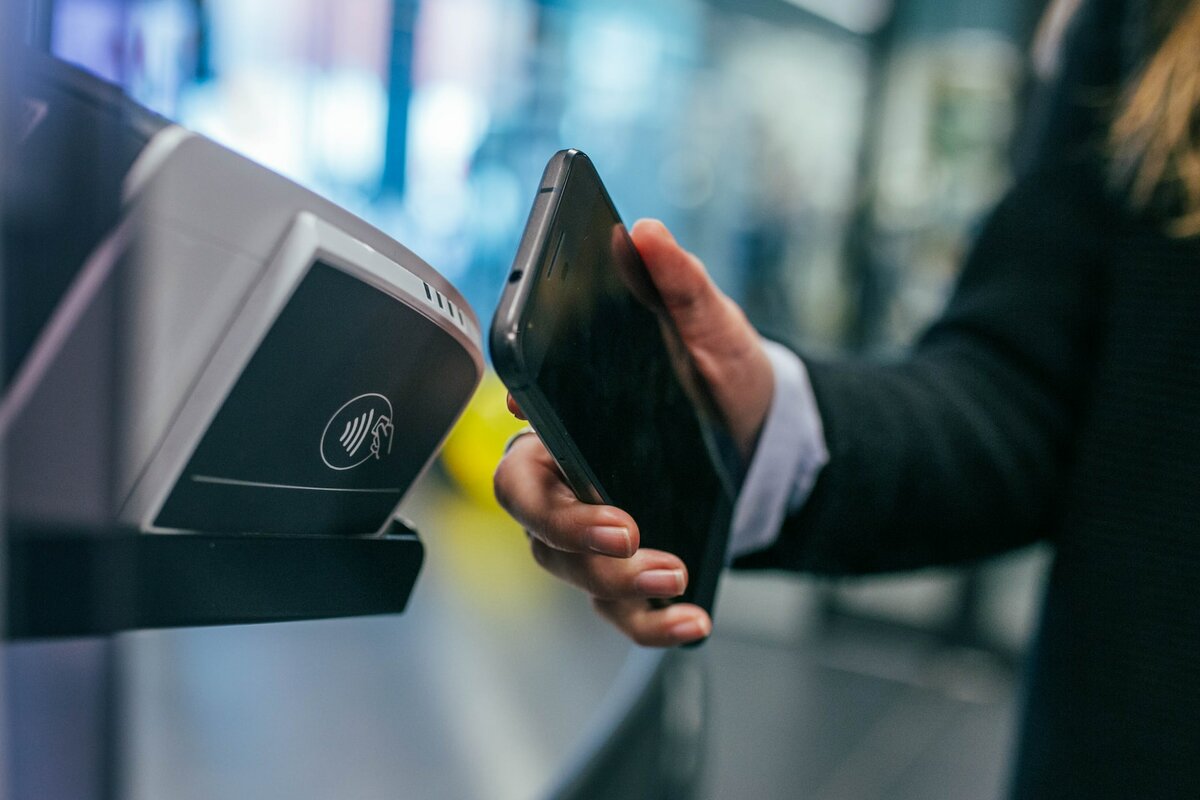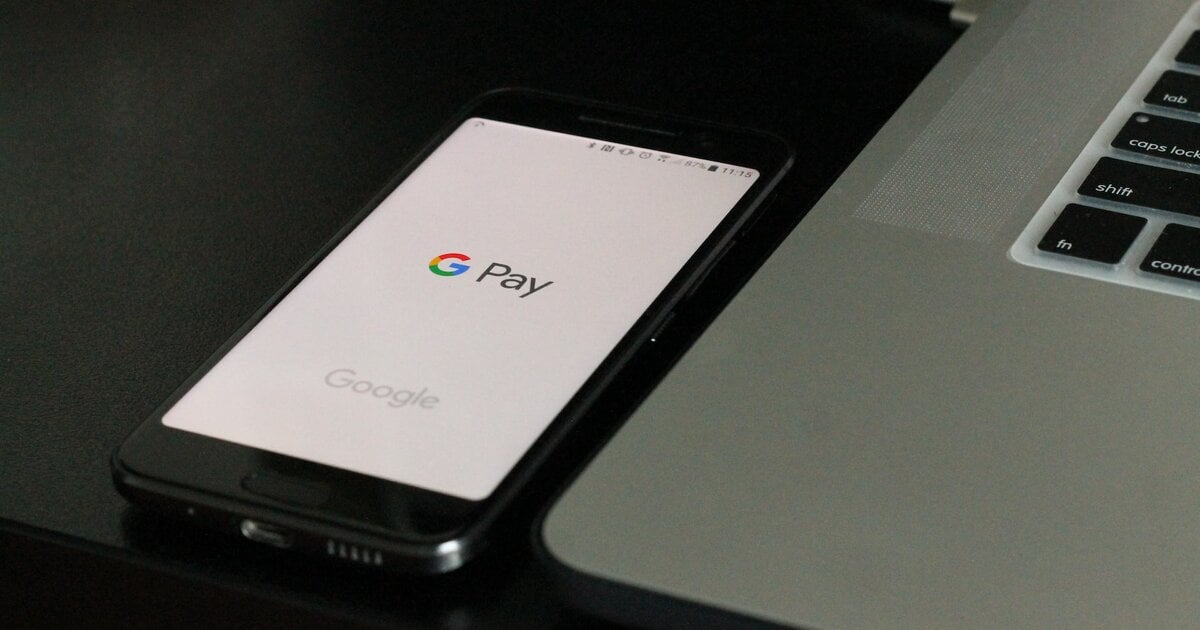Why Cashless Schools are on The Rise & How to Join The Trend
The rise of cashless payments seems inevitable, and cashless schools are on the increase, and for good reasons. There are some immediate financial rewards for making the change, as well as some more subtle and lesser-known benefits to upgrading schools’ payment systems. However, it’s not as straightforward as it might seem, and switching too soon or in the wrong school could leave some people behind.
When done right, however, cashless schools payment systems are safer, more streamlined, and increase the efficiency of reviews and reports. So how do you know if going cashless is right for you, and how do you jump on the bandwagon? Keep reading to find out.
Budgeting and Finance Departments are Learning the Benefits of Cashless
While switching to cashless isn’t all perks – and we’ll discuss some of the drawbacks soon – a cashless school benefits from several advantages when it comes to finances.
Cashless is inherently easier to record. This makes waste a lot simpler to identify and eliminate waste. The need for efficient spending has never been greater, and finance departments are growing to recognize the advantages of live payment tracking and reports when it comes to planning. Cashless payments are also easier to categorize and log themselves immediately, giving planners the most up-to-date financial information available as well as a more accurate analysis of spending patterns.
The time and resources saved on taking electronic payments result in a reduction in operating expenses and ultimately improvements to the bottom line. Cashless removes a lot of the room for error in taking payment, giving change, processing refunds, and counting funds at the end of the day, as well as provides a safer and more secure method of storing money than holding it in physical form.
So, there are numerous financial advantages to going cashless, but the modern systems also offer further benefits, even to the health of the people involved.
Hidden Health Benefits to Cashless Schools
During the pandemic, cashless systems proved themselves to be an advancement in infection prevention over cash. Isolation necessitated new ways of thinking, and implementing cashless payments was one of the solutions to dealing with processes such as lunch deliveries.
To avoid the potential for infection of biometric readers, schools moved to swiping cards, and from there, it was a small step to allowing students to order their meals online from their own devices and pay directly from their accounts. This allowed for individuals to be kept farther apart and reduce the chances of spreading contaminants.
As a result, a forced experiment went ahead in which more remote systems were tested; the results of which were promising for convenience, speed, and user satisfaction. Schools chose to keep these systems in place for their benefits of efficiency, hygiene, and waste reduction.
Cashless systems can take protection one step further. By using individualized accounts when ordering food, it’s easy to flag up allergens in food sources that correspond to the student’s profile, preventing them from ordering something that may cause them harm through an allergic reaction. This is also the case for any dietary preference the individual has, such as plant-based diets.
So, there are financial, hygiene, health, and convenience benefits for a cashless school, but there are some things worth considering before making the move to cashless payment systems.

Challenges faced by Cashless Schools
There are three main points of focus when weighing up the negative aspects of cashless systems.
Other people are simply not comfortable with the potential security threats of using cards, and so the enforcement of such a system penalizes them for their preference. Therefore, it’s worth going through some research questionnaires with those involved before deciding to go cashless.
Fortunately, in many cases, there are workarounds for these concerns. If you’re looking to go cashless, take a look at some of our guidelines.
How to Transition your Schools’ Payment Systems to Cashless
There are a handful of steps to setting up cashless school payments systems. We’ve broken the implementation of such a system into five major steps.
This is also where you will cover the drawback of the system and how to mitigate them. Decide on security measures, how you will cover the fees, and how you will make your system inclusive of all stakeholders.
You may find that a 100% cashless system isn’t appropriate for your school, and that’s quite ok. No child should be left behind to serve the financial efficiency of an institution, and a school that is 90% cashless benefits from roughly 90% of the rewards from such a system, so it’s not necessary to be entirely cashless in order to reap the rewards.
Conclusion
So, by now you should know if a cashless payment system is right for you, and if so, where to begin. When implemented correctly, it’s possible to minimize the risks and maximize the benefits, but be aware that it may be impossible to go 100% cashless, at least to begin with.
Implementing a system is about planning ahead, choosing the right platforms, and integrating them smoothly as you phase out cash payments, while continually reviewing and adapting your approach.








